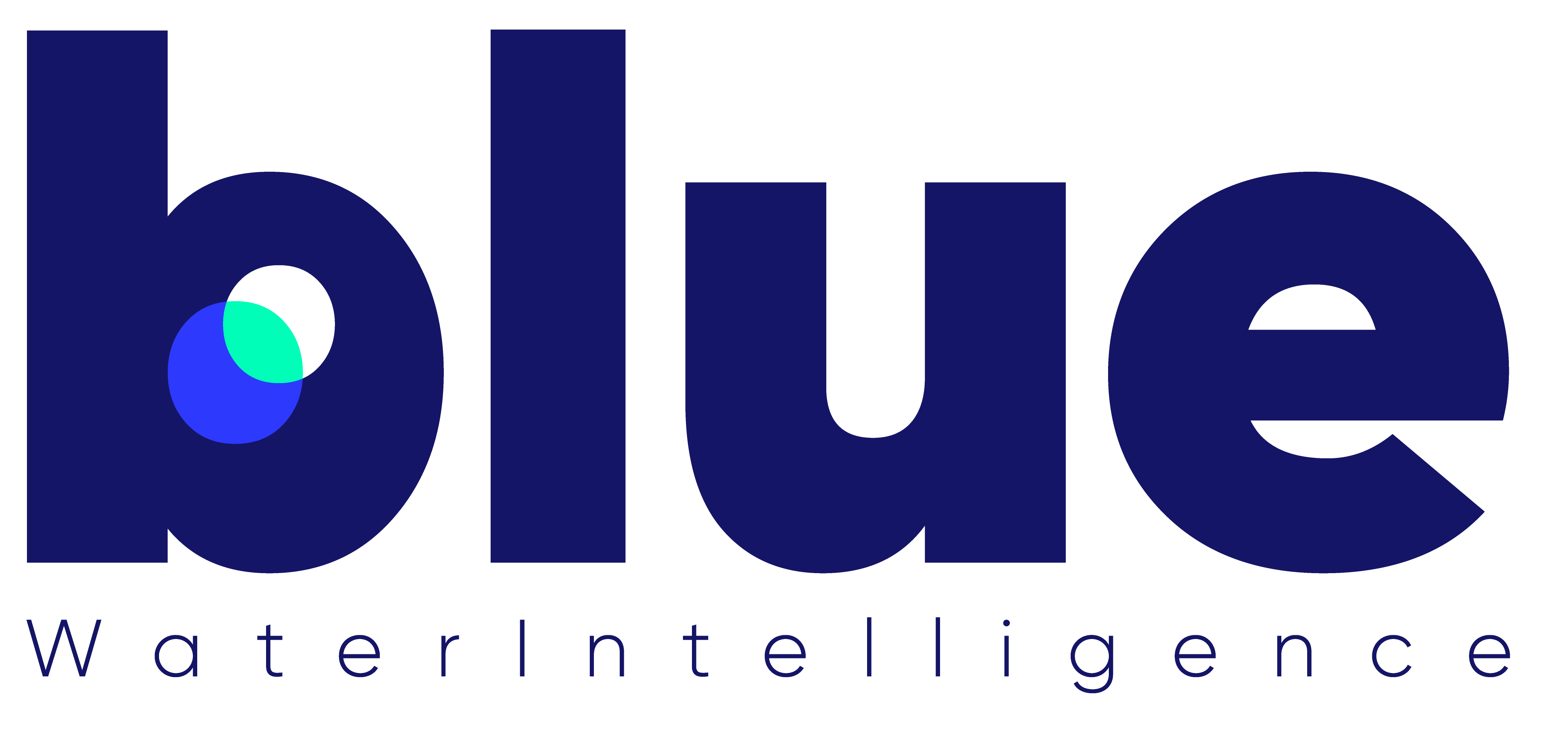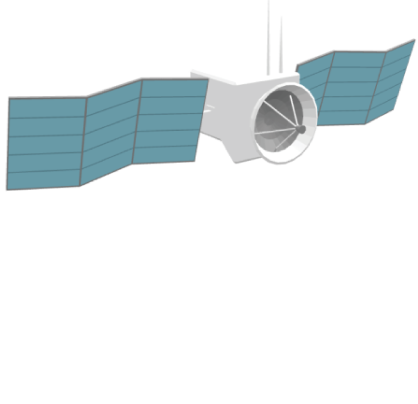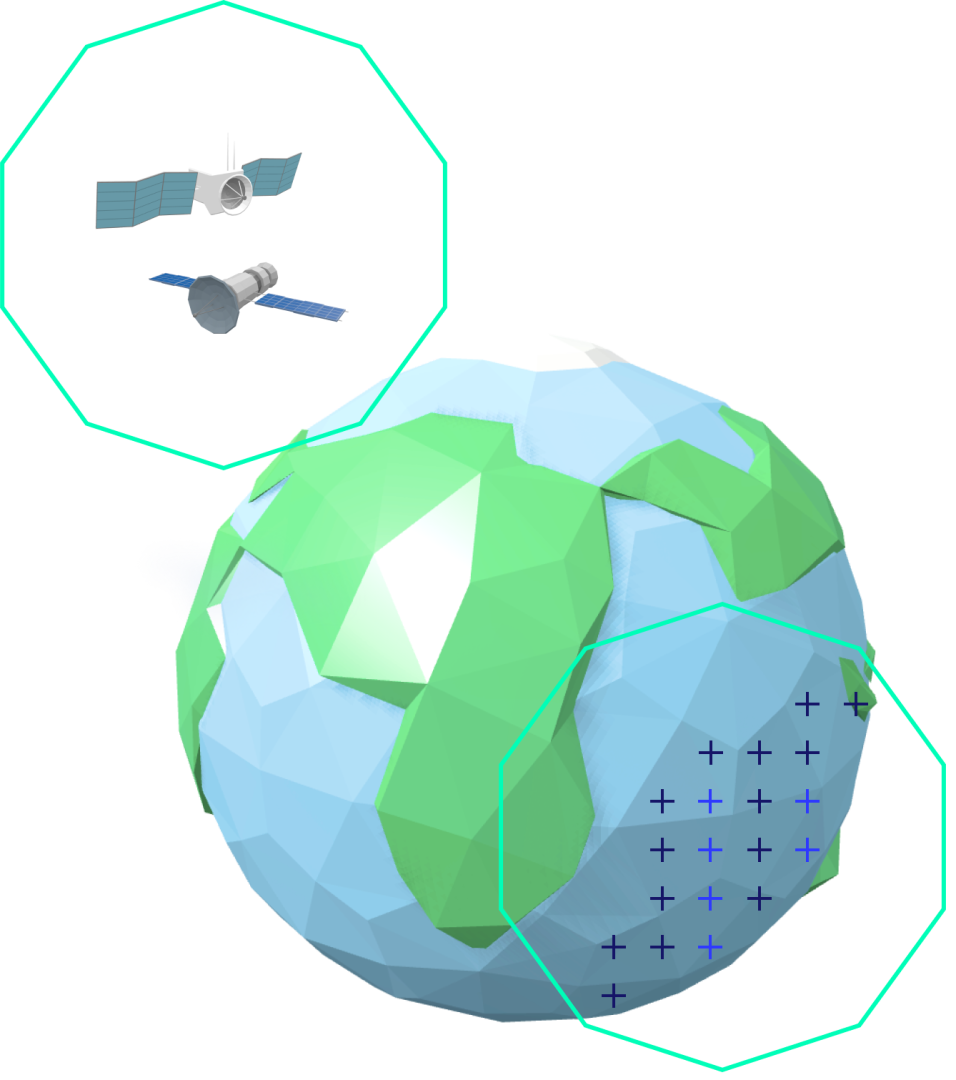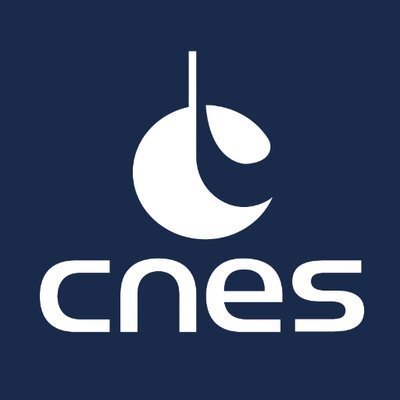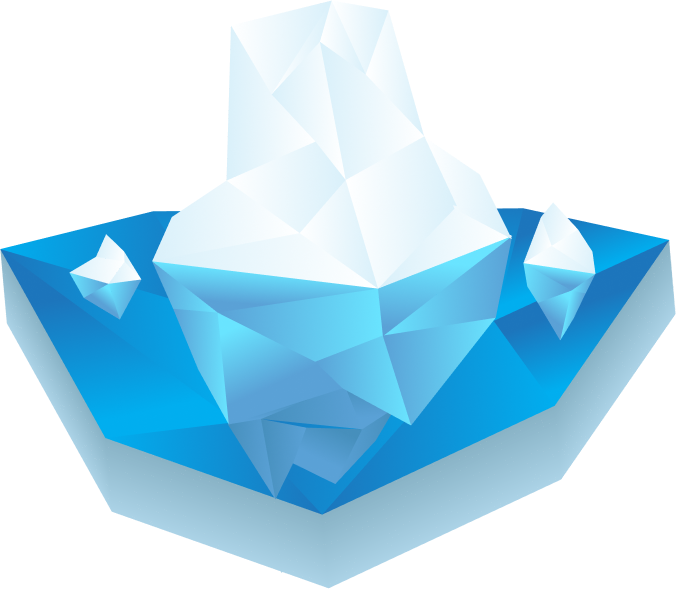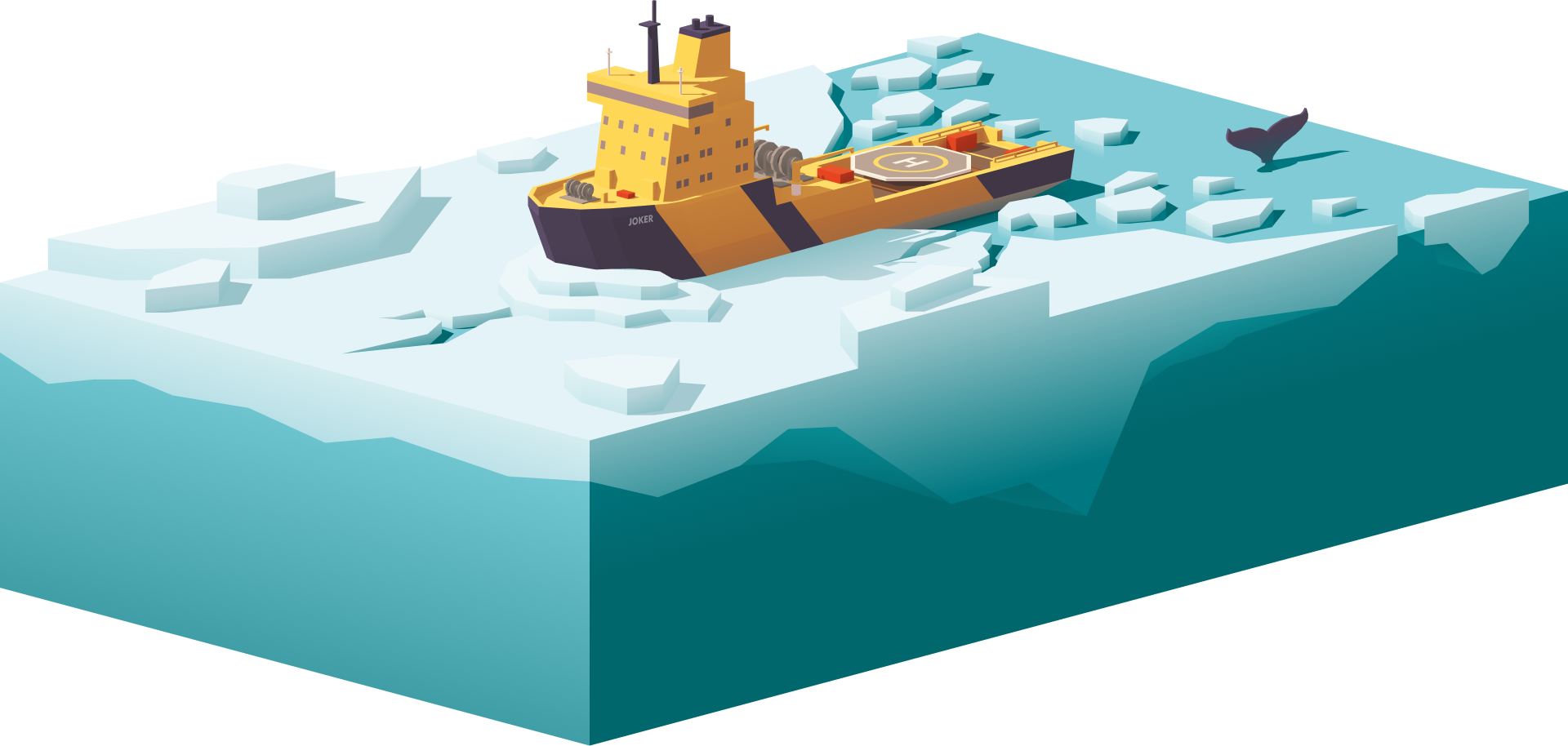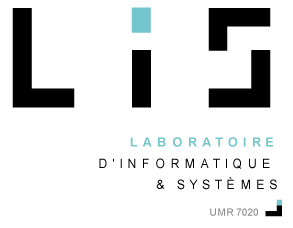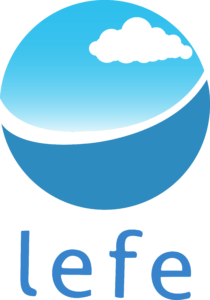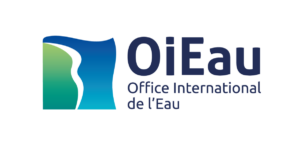A legacy of excellence
The SMASH (Small Altimetry Satellites for Hydrology) concept, born at LEGOS and designed at CNES (Phase A completed), is an important source of inspiration. CNES has a long history of contributing to altimetry missions, ranging from TOPEX-Poséidon launched in August 1992 to SWOT launched in December 2022—two satellites co-developed with NASA’s JPL. LEGOS (Laboratoire d’Études Géophysiques et Océanographiques Spatiales) is a joint research unit (UMR5566) under the supervision of CNES, CNRS, IRD, and UT3 at the Observatoire Midi-Pyrénées in Toulouse (France). The scientific fields of research and teaching at LEGOS include oceanography and the water cycle in a broad sense, with the physics of oceanic, hydrological, cryospheric, and atmospheric components, including coastal and climate aspects, as well as marine biogeochemistry and geochemistry. The specification of the SMASH mission was drafted by a scientific group led by Prof. Denis Blumstein at LEGOS, and SMASH was subsequently developed at CNES until the completion of Phase A at the end of 2022. In 2024, CNES launched a call for tenders known as High-Revisit Hydrology (H2R), won by BWI, which named the mission REVALTO (Revisiting Altimetry Hydrology).
